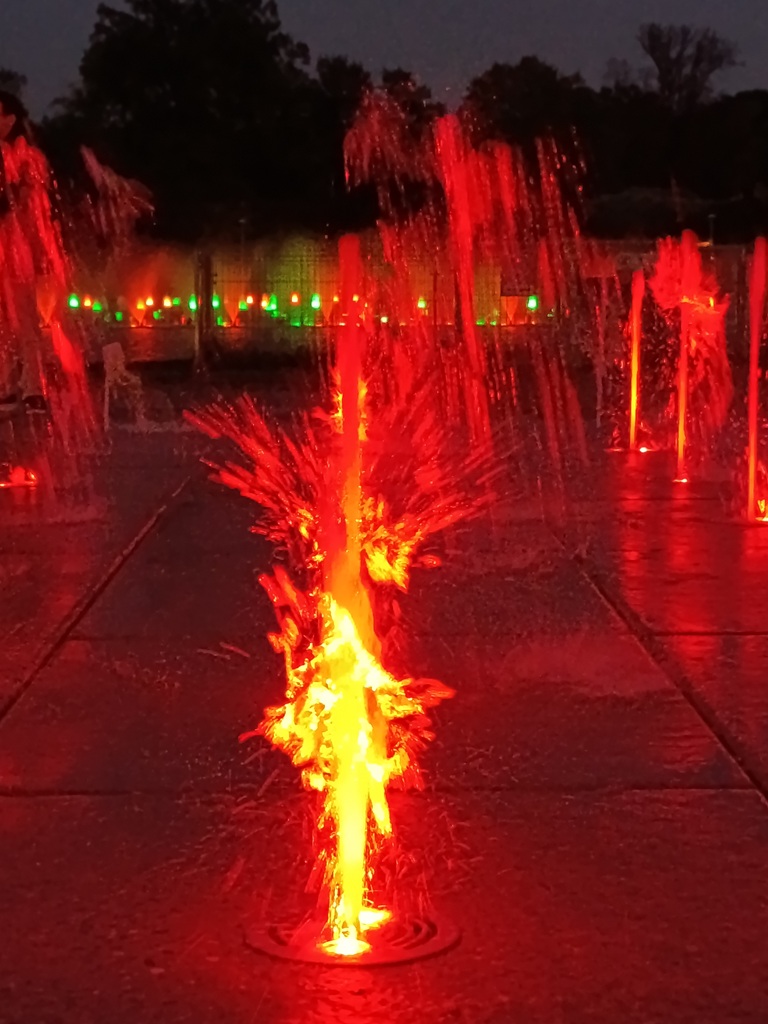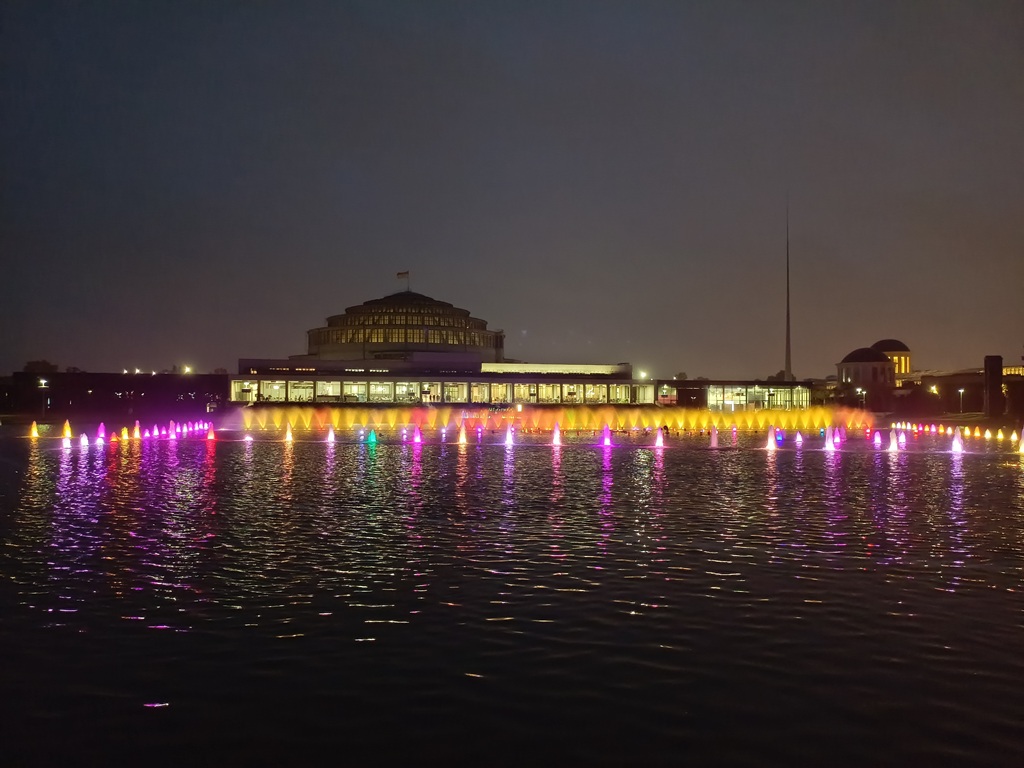Usually, city names sound similar in different languages. Berlin, London, and Delhi sound almost the same in German, English, or Russian. So when we decided to visit Breslau during the autumn school holidays, I was surprised to learn that this name exists only in German — in English, Polish, and Russian it’s called Wrocław.
City History
It turned out that control over this region passed from Poland to the Czech lands, from Austria to Hungary, until the 16th century when it became German. It remained German until the end of World War II.
As you know, Stalin and Hitler divided Poland into two parts. After the end of the war, Germany collapsed, but Polish cities like Lviv and Brest remained under Soviet control. To compensate Poland for its territorial losses, part of Germany was transferred to Poland.
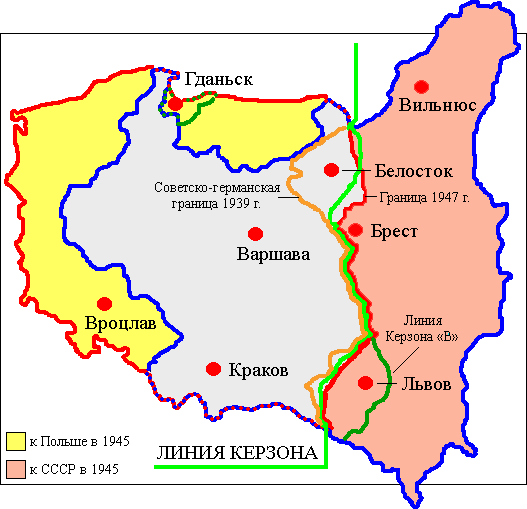
As a result, around 12 million Germans were forced to leave their homes and move west. So, the end of the war was not pleasant or easy for everyone.
Differences with Germany
Returning to the present, we decided to visit Breslau for one week. The border control on the Polish side took a bit long (about an hour), but compared to external EU borders, it was nothing.
The first difference you can see there, in comparison with Germany is service:
- You can pay everywhere with a card — on buses, in markets, in vegetable shops, even in churches for donations.
- The staff is very polite and easily understands my mix of Polish–Ukrainian–Russian–English.
- Everything works fast! In Dresden, it takes about half an hour to get an order at McDonald’s. In Poland, they managed it in five minutes at an overcrowded train station.
- You can buy almost everything you need in Żabka, small corner shops open even on Sundays.
City overview
In Breslau, they did a really good job for tourists. The navigation is clear, key information is available in English, and we had no problem moving around.
Buildings in the city center sometimes look similar to what we see in Gdańsk, but the churches are definitely German — you can literally see the complex history around you.
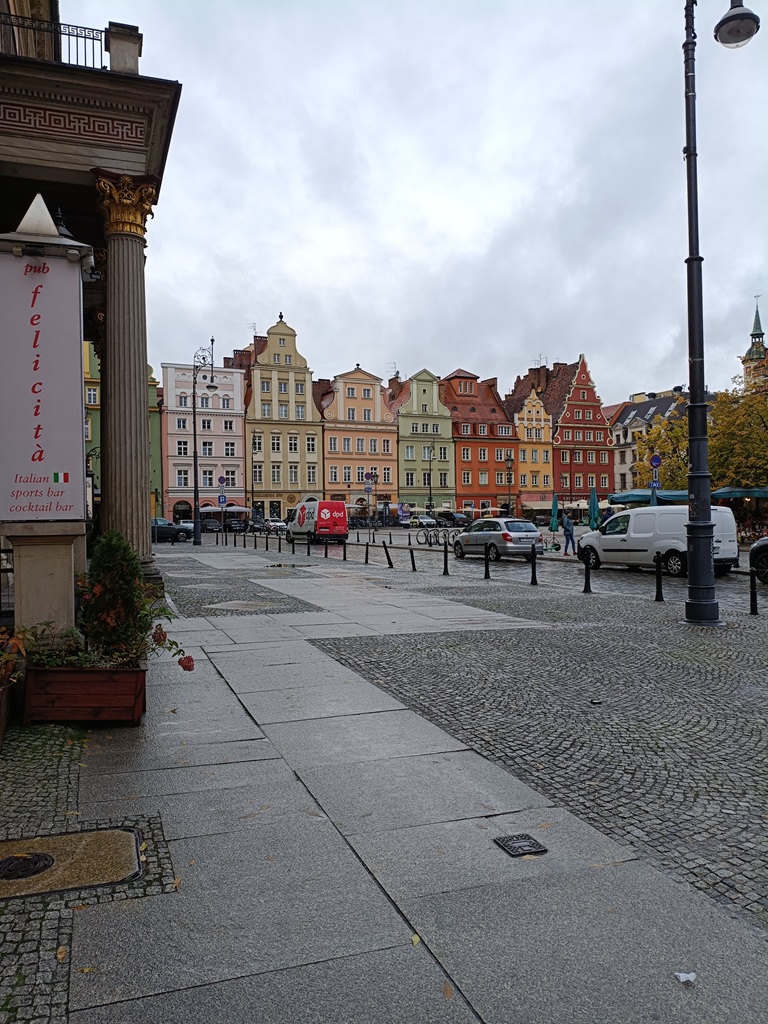
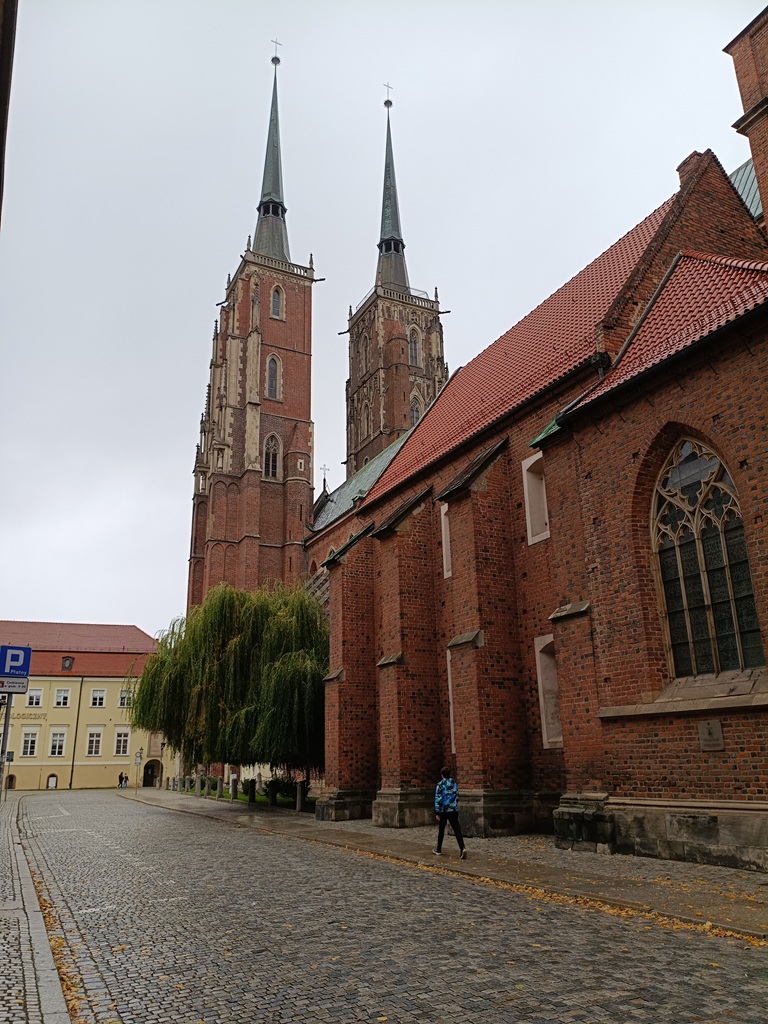
Another cool thing is the dwarfs. There are a lot of small bronze figures scattered around the city. As far as I understand, the first few dwarfs were installed by the city, but then they became so popular that business owners started adding their own themed ones:
a sleeping dwarf near a hotel, a professor near the university, an inventor, and a dwarf with coins near an exchange office.
These figures made walking around the city with kids fun and effortless. Many thanks to whoever came up with this idea — from all parents!
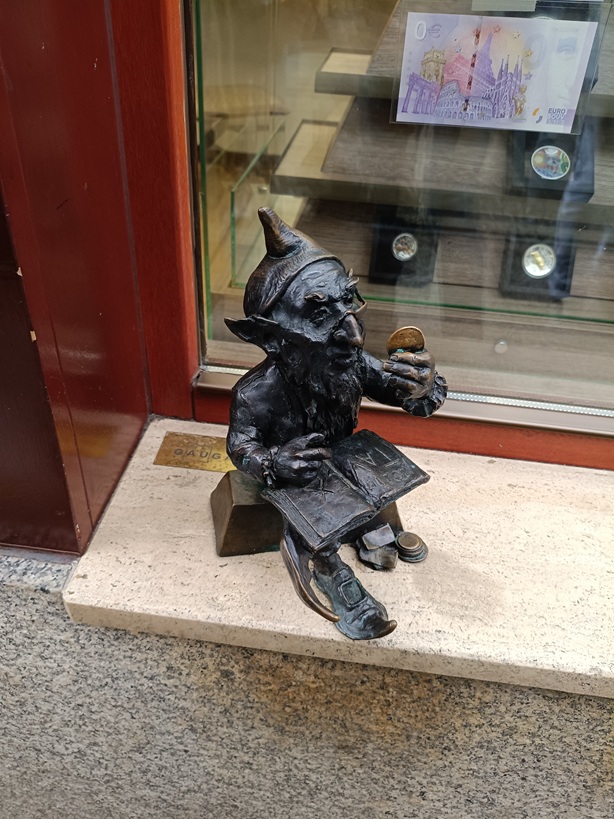
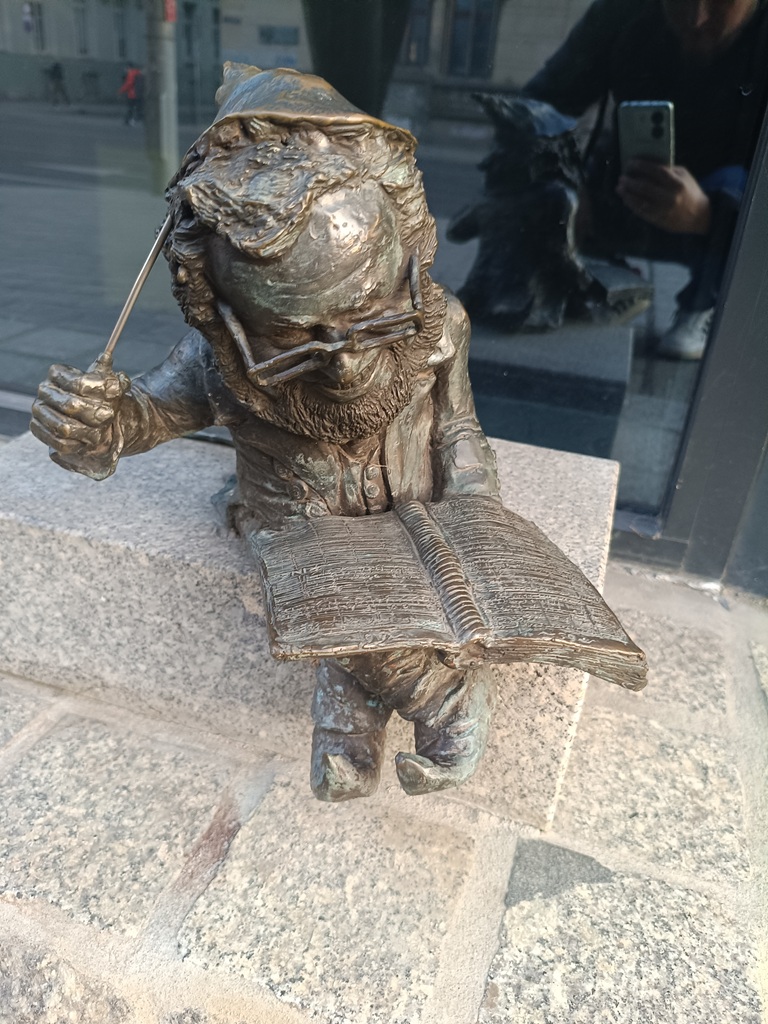
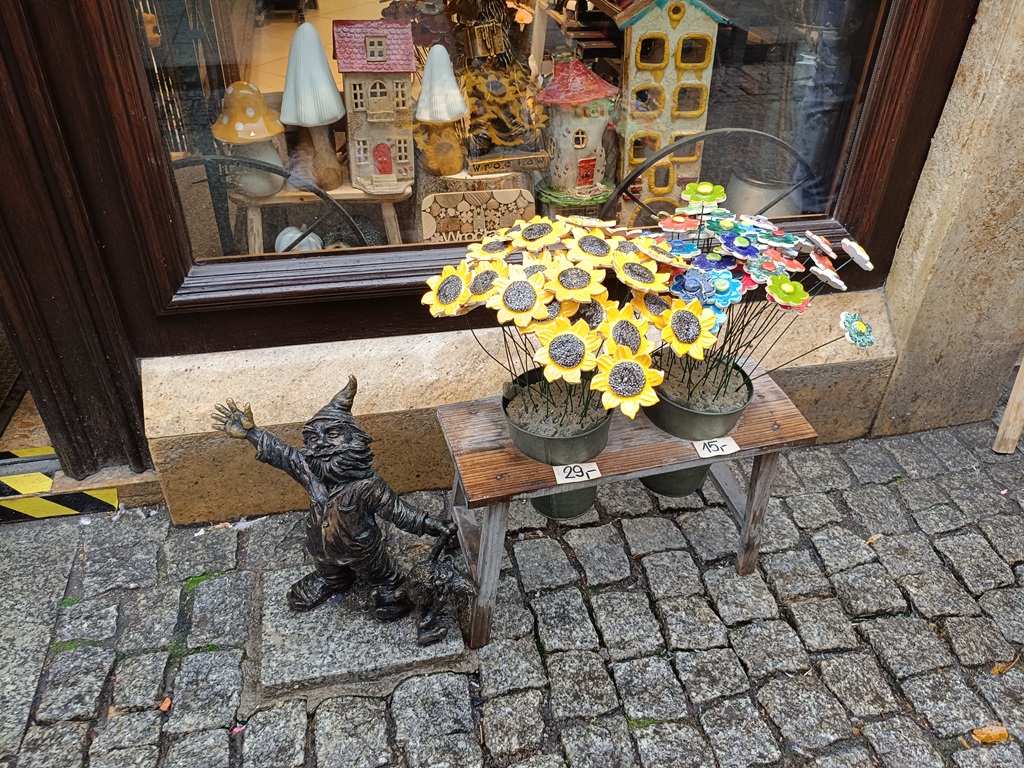
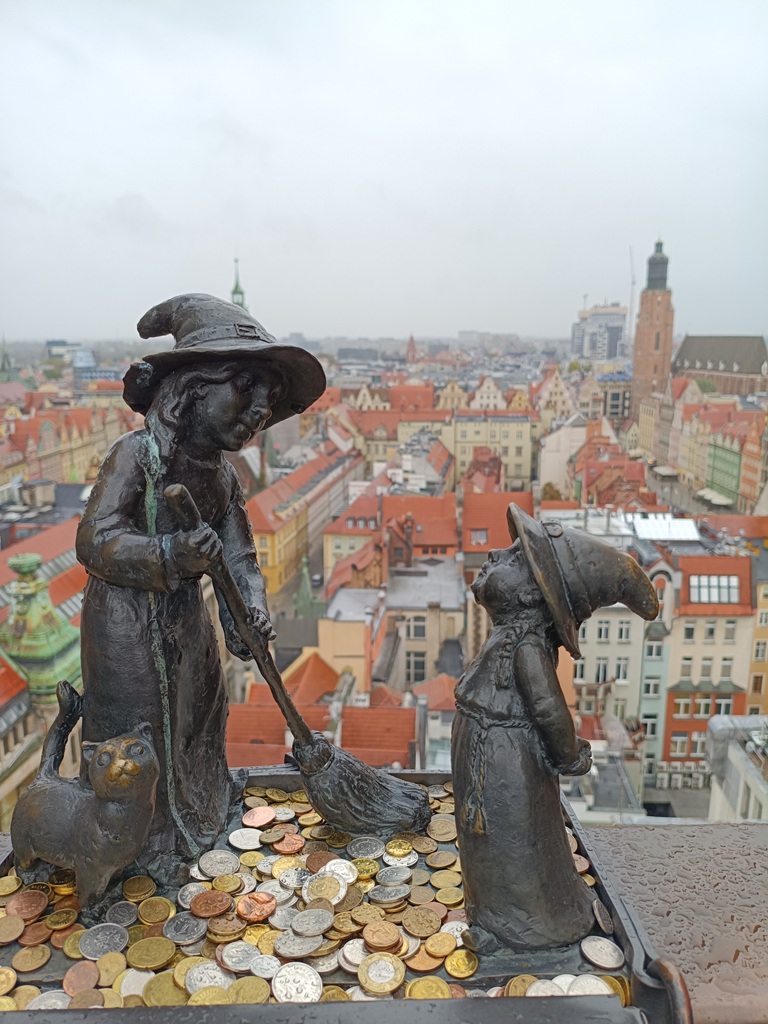
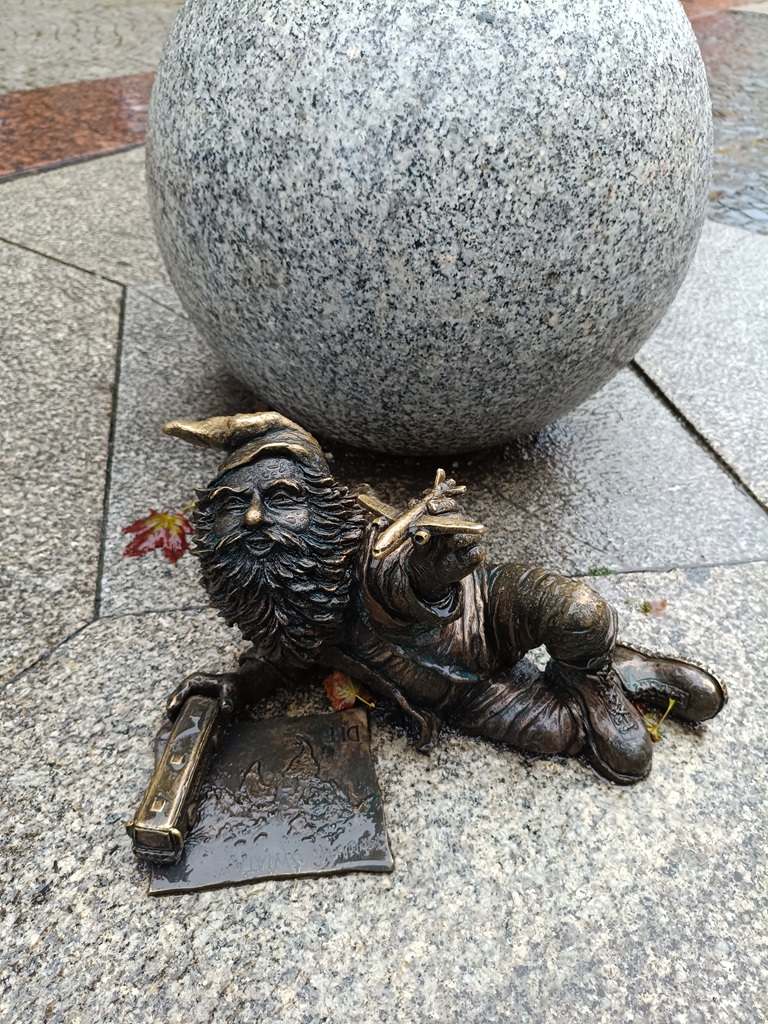
Gas Lights
Another thing I had never seen before was a quarter with gas lights. About half an hour before dusk, a special man comes to this area and lights all the lamps one by one. Dozens of people follow him, and it really feels like you’ve been transported a few hundred years back in time.
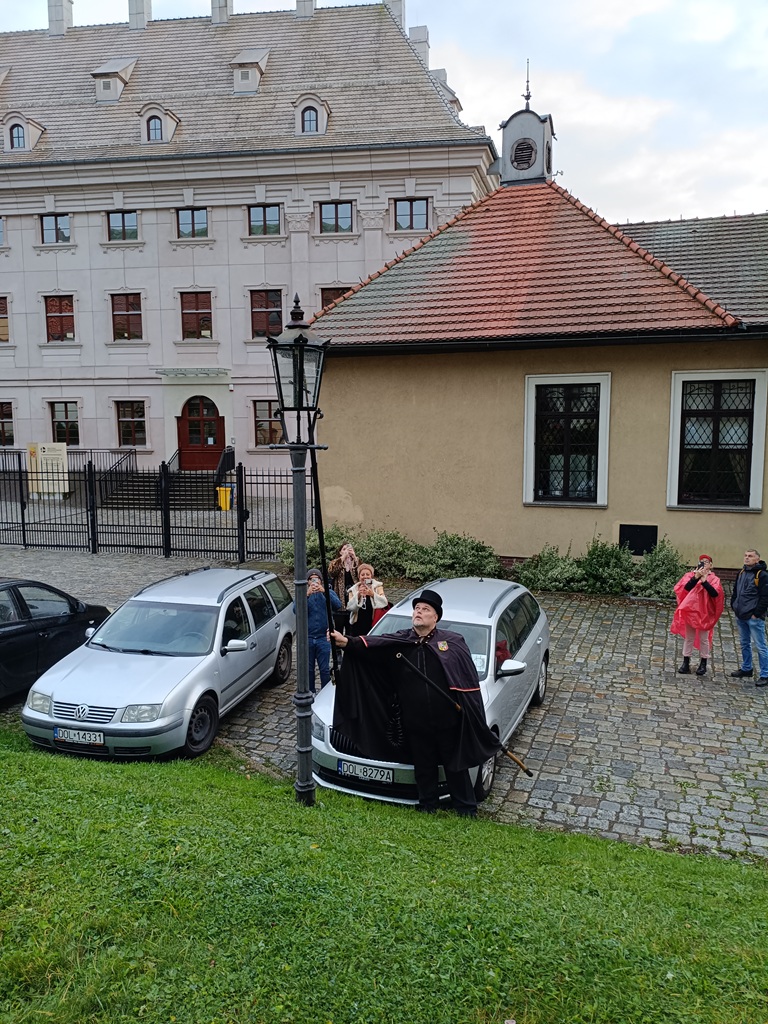
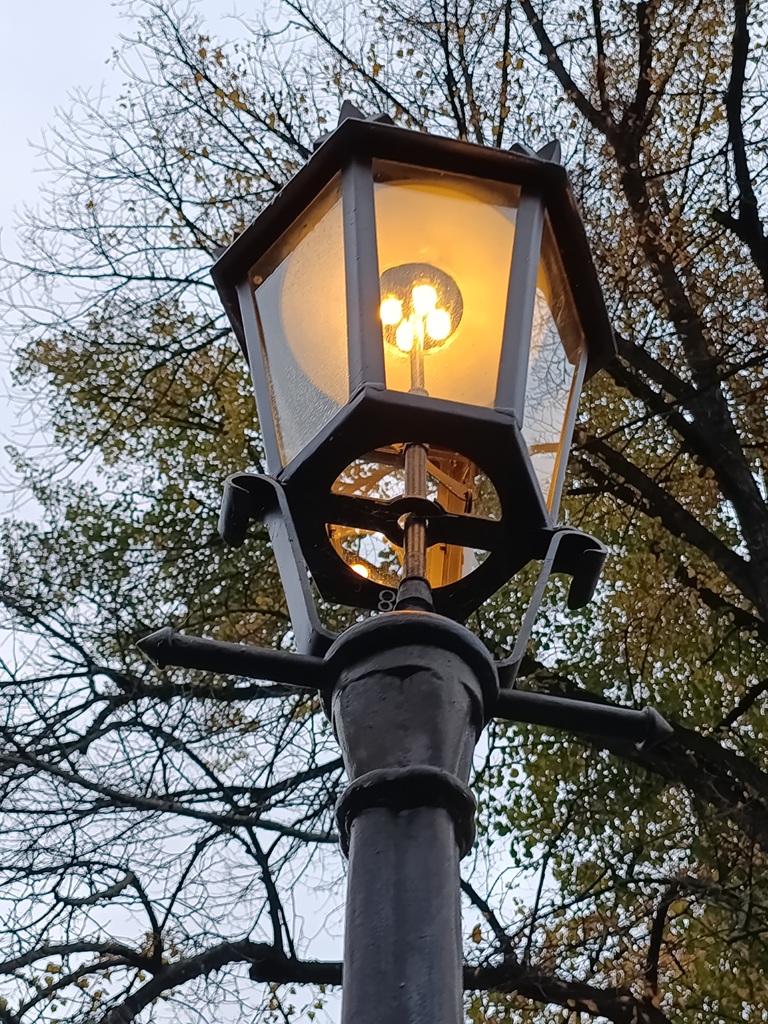
Visited places
Because of the constant rain, walking around wasn’t very pleasant. So we tried to visit indoor places to take a break from the wet weather.
- Illusion Museum: small and similar to ones you can find in other cities, but overall interesting for kids and a good place for funny photos.
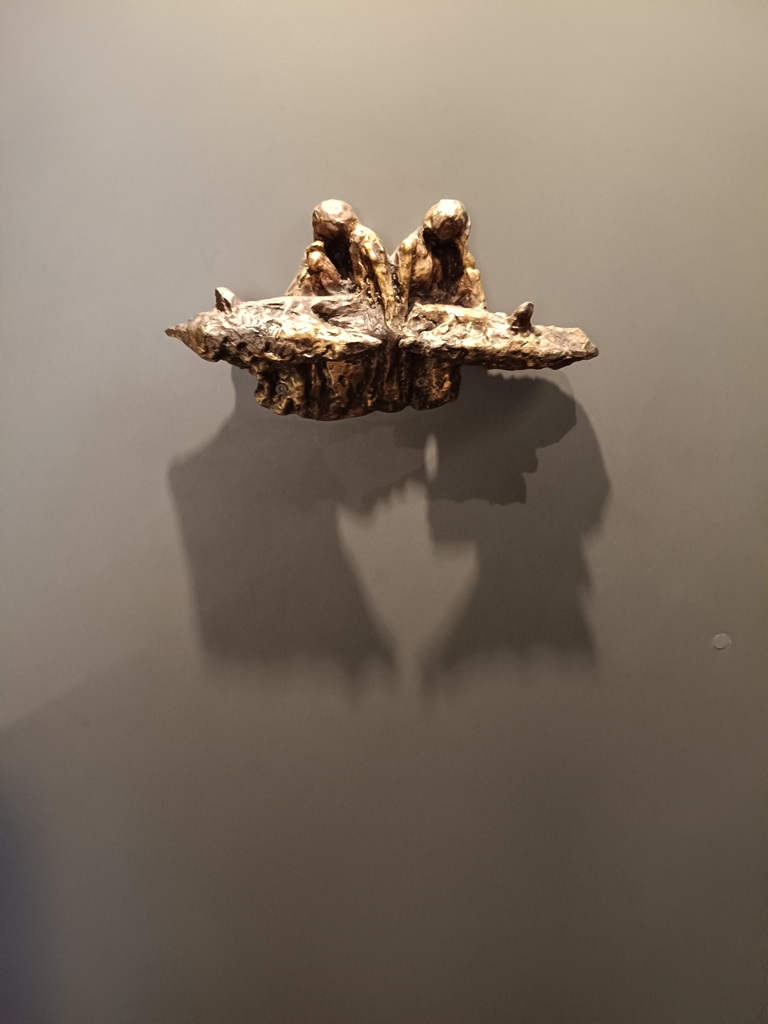
- Zoo: very large — you need a couple of days to see it all without rushing. It seems animal-friendly; enclosures are spacious, and animals look satisfied. The downside is that many animals have private areas, so you can’t see all of them.
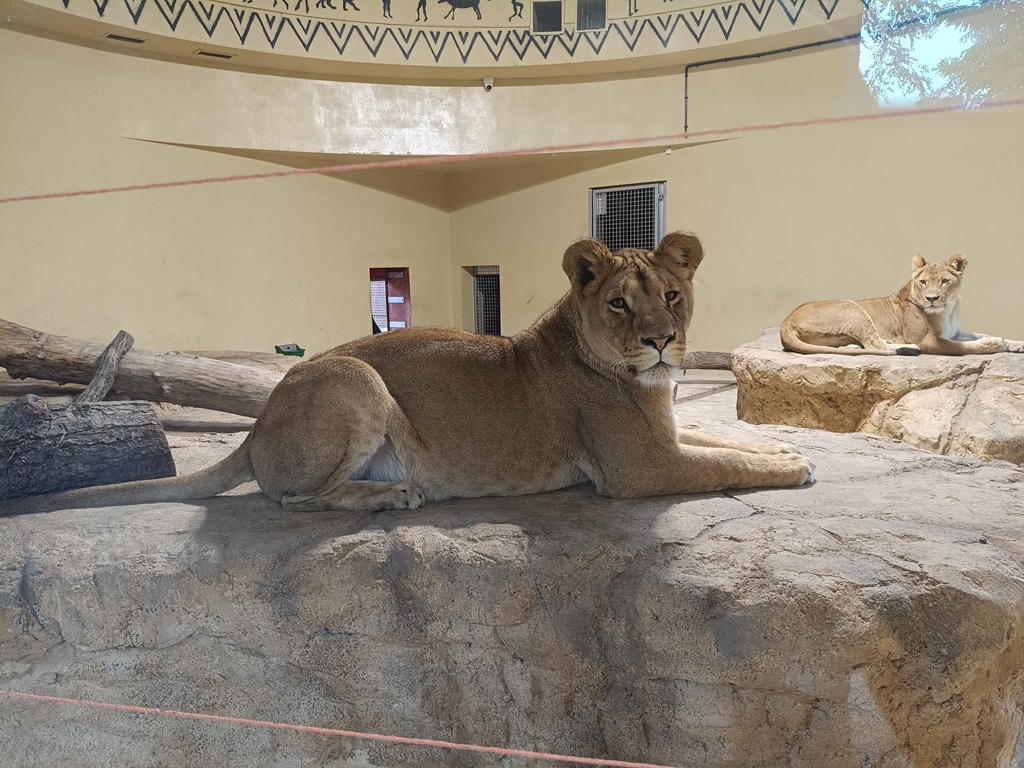
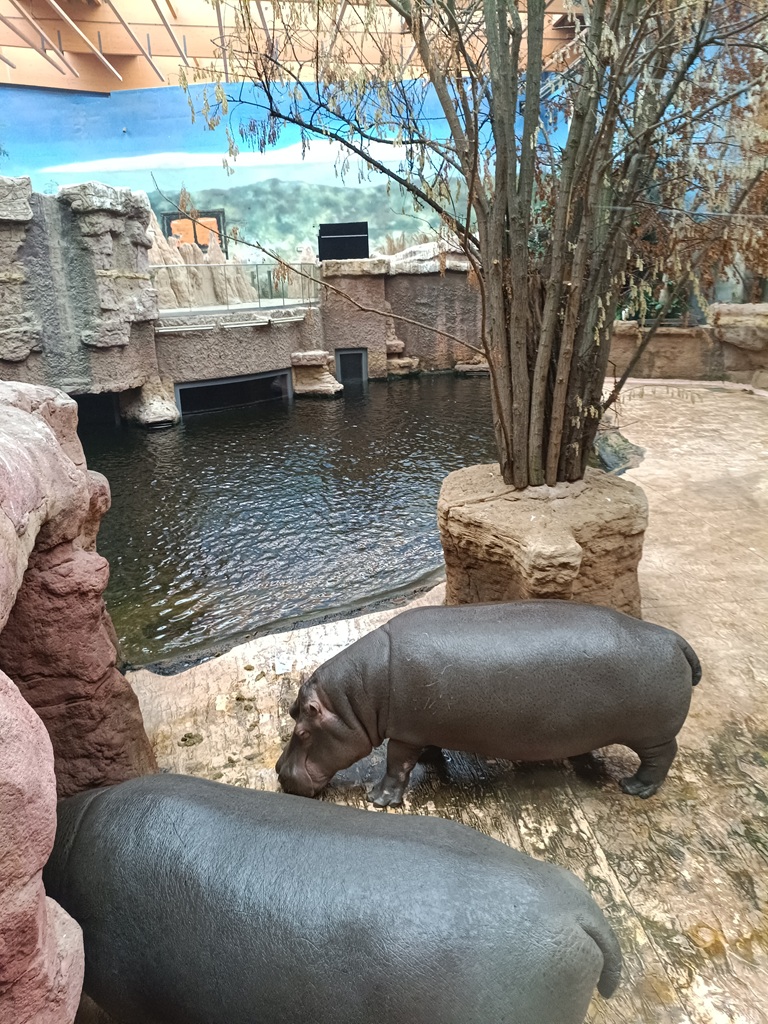
- Hydropolis: a very modern museum about water. There are many screens, effects, and videos, but not too many new things to learn or interactive exhibits for kids. Still, it looks really cool inside.
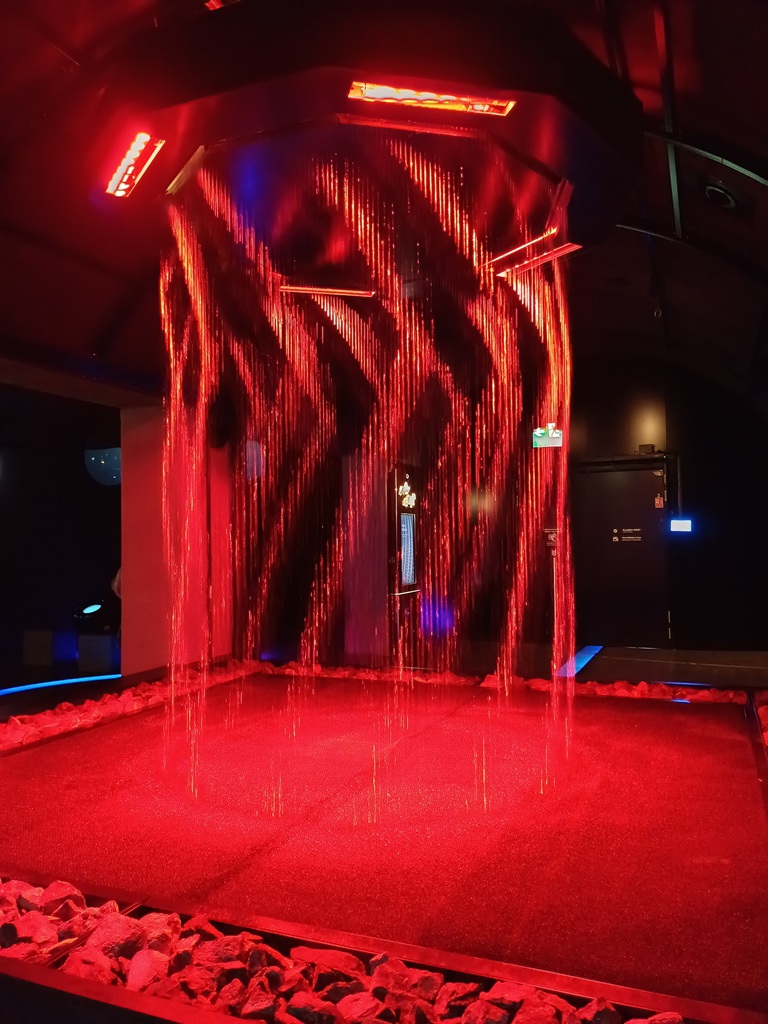
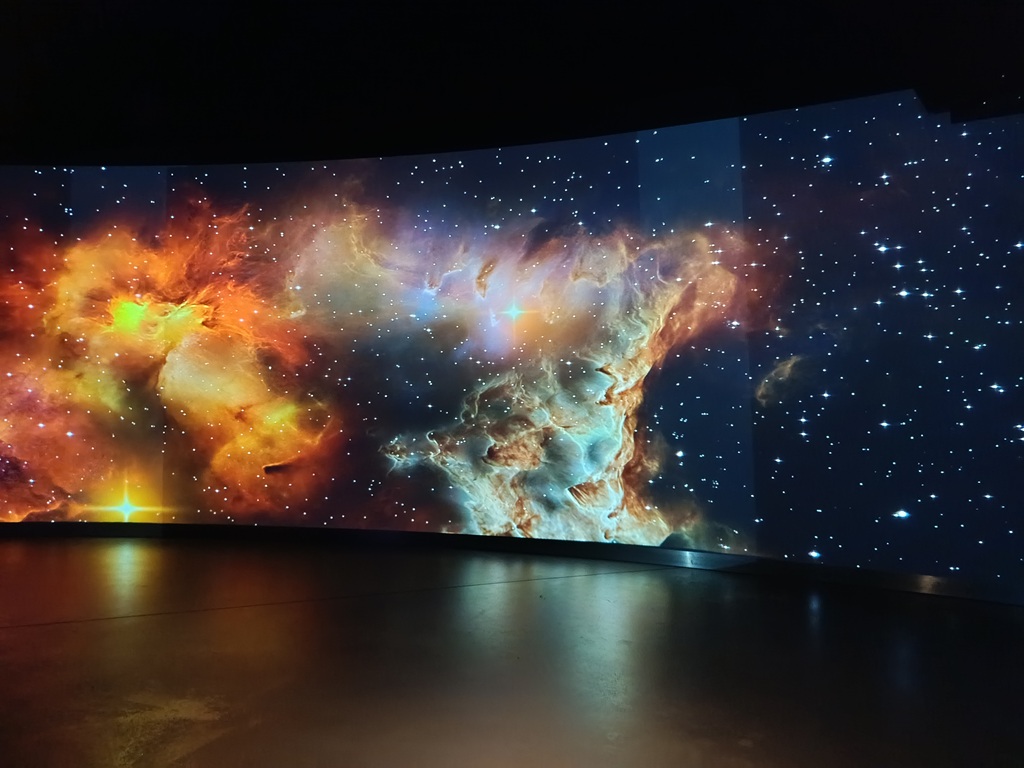
- Multimedia Fountain: there are two fountains near the huge Centennial Hall building. One is open-air and probably very popular in summer. The other one has a light and music show several times a day — and it looks amazing at night.
